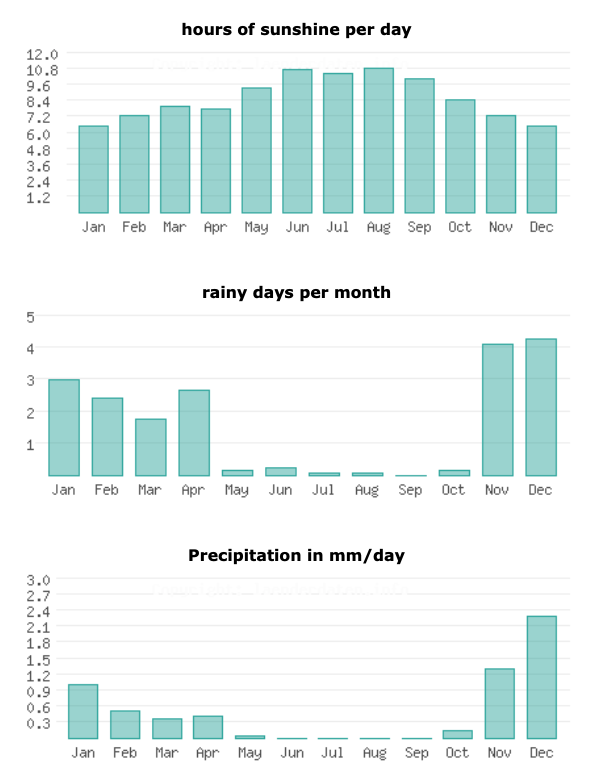Striding figure with ibex horns, a raptor (vulture) skin draped around the shoulders, and upturned boots. Ca. 3000 B.C. Proto-Elamite. From Met Museum.
To understand the real meaning of this piece, we need to look at the Iranian climate, and at the lifecycles of the two animals whose parts this "divine being" is wearing: Ibex goat and Vulture.
The climatic year in Elam is divided into dry season (May-Oct) and wet season (Nov-Apr).
The rain that falls on the hills and valleys during the wet season revives the parched dry earth and makes it green again.
Ibex (Bezoar) goat mating season starts at the end of Oct beginning of Nov, with Ibex males, which are normally solitary, gather to fight for females...And so the Ibex became the "Goat of rain", the calendar marker that marks the beginning of the wet season.
The snow that falls on the Zagros mountains during the wet season, feeds the rivers during the snowmelt (Feb-Jul), and makes grain agriculture possible.
Interestingly the snowmelt flow peaks in Apr-May, right at the time when baby Ibex goats are born...
So Ibex marks both most important events for Mesopotamian farmers: beginning of rains and beginning of floods...
Remember that baby goat was the favourite bribe (sorry sacrifice) to Enki, the God of water in Sumer...No wonder, when we know that Tigris and Euphrates, the rivers that Enki "ejaculates", are also fed by the "rain and snow brought by the Goat of rain".
Ignore the fish for now...Will talk about it soon...
Sumerian proverb says: "May you hold a kid in your right arm and may you hold a bribe in your left arm". Meaning: Bring a kid as an offering when asking for a favour from the god. But if that doesn't work, bribe the priest, who can implore the god on your behalf. Nothing changed.
Ibex dominates the oldest religious images in Mesopotamia, which date to the time before the irrigation was invented. During that time, people depended exclusively on rain to water their fields. Hence the veneration of Ibexes who signalled the arrival of rain season...
For instance: Storage jar decorated with Ibex goats. Central Iran. 4000–3600 B.C. From Met Museum.
Even after the invention of the irrigation, the use of the Goat calendar marker continued. Ibex can be seen on so many Sumerian seals, where it is used to mark the beginning of the wet season. Like on Queen Puabi's seal which I analyzed in this post.
So. That's Ibex horns sorted. What about the vulture wings?
One other animal announces the arrival of the rain season in Central and Western Asia. It is the vulture...
So who the hell is this guy? Well he is the same guy, depicted with a vulture head, on this Oxus civilisation axe dated to 2500-1500 BC. He is separating summer-autumn (winged lion dragon) and winter (wild boar), at the moment when the rain season arrive.
I talked about this artefact in this post.
Here is the same Vulture guy holding Bezoar goats...From a Bactrian seal, end of 3rd beginning of 2nd millennium BC...Again just to be sure to be sure that everyone understands what's going on here...
And just in case anyone has any doubts what the meaning of the vulture (and especially double headed vulture) is, here is a fluffy Bactrian seal, from the same period, this time with a double headed vulture guy cloud next to an Ibex cloud...
So who the hell is the goat guy with eagle wings again? Well the Goat (God) of rain of course...Just like Pan. Remember Pan? I talked about the evolution of The Goat of Rain into Pan in my post "Pan - Goat of Rain"



















No comments:
Post a Comment